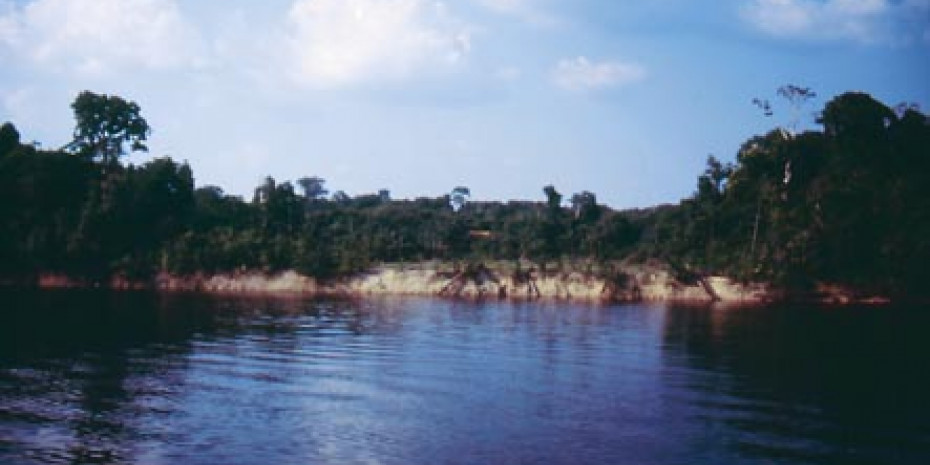Other reefs, some of which were perhaps still ‘functional’ after the disaster, could also, quite ironically, now suffer as a result of the efforts that are being made to rebuild communities in some of the devastated areas. An example of the former situation is presented in a report that I have come across relating to a reef survey carried out by scientists from the Indian government’s Science and Technology Institute in the Andaman and Nicobar Islands of the Indian Ocean. Their findings could have far-reaching relevance with regard to reefs elsewhere, among them the marine ornamental fish-collecting regions. Above the surface, the Andaman and Nicobar reefs look normal. Underwater, however, they present a quite different and highly disturbing scenario. In the middle and southern parts of the archipelago in particular, the reefs are covered in sand and other sediments, along with a large array of objects that have no connection at all with coral reefs. While the removal of objects like cars, boats or whatever that were deposited by the water could present certain difficulties and challenges, they could also, if left where they are, have long-term beneficial effects, since they could provide solid structures which could eventually become colonised by reef organisms. Therefore, if viewed in this light, they may not necessarily present as serious a problem as they may appear at first sight, and could end up forming artificial bases for future reefs. Whether to remove the sediments or not, though, is a much more complex issue. If natural processes are allowed to perform the clearing-up task, it will take years for this to be completed. Physically removing these sediments, thus speeding up the cleaning process, would however be a huge and very expensive undertaking. Deforestation leads to erosion, which leads to flooding and excessive loads of sediments carried by rivers. This in turn leads to the smothering of reefs many kilometres downriver. Photo: John Dawes Unfortunately, if the sediments are not removed they will have certain negative consequences. For example, sedimentation blocks light from reaching the zooxanthellae (the algae that live inside the coral polyps and without which the corals will die) and if there is a large-scale die-off of the coral, this will lead to the loss of all the organisms, including many fish species that rely on the corals for their survival. Not everything is as black as this, of course, since not every square metre of reef is…



